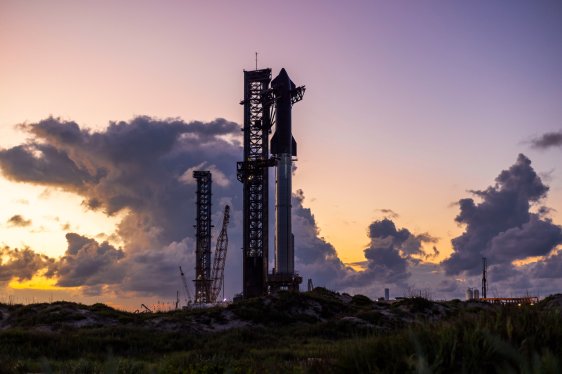A Major Milestone in Development: Payload Deployment for the First Time
SpaceX is significantly increasing the stakes of its Starship test flight program, with the next rocket launch expected to demonstrate payload deployment for the first time. This major milestone marks a significant step forward in the development of the reusable spacecraft.
The Payload: 10 Starlink Simulators
The payload in question will be 10 Starlink "simulators" that will be similar in size and weight to the next-gen satellites SpaceX plans to use Starship to deploy in space. These model spacecraft will travel on the same trajectory as the upper stage, also called Starship, and splash down in the Indian Ocean.
The Operational Version of the Satellites: V3
The operational version of these satellites, called V3, will likely be the first real payloads Starship flies. Bringing Starship online is the linchpin to SpaceX’s plans to more rapidly deploy its Starlink satellite constellation and reduce the costs per satellite launched. SpaceX currently launches Starlink using its workhorse Falcon 9 rocket, but the next-gen V3 satellites are expected to be much heavier than the current V2 Mini spacecraft.
The Power of Starship: A Game-Changer for Starlink
Thanks to Starship’s incredible payload capacity, SpaceX has said it plans to deploy 60 V3 satellites per Starship launch, which will add 60 terabits per second of capacity to the Starlink network. Per satellite, that equals out to more than 10 times the downlink and 24 times the uplink capacity compared to the V2 Mini satellites.
Upgrades to the Rocket
In a blog post ahead of the seventh test launch, which is expected to take place later this month, the company said it is also introducing a slew of upgrades to the rocket. These include improvements to the propulsion system, avionics, and heat shield, that SpaceX says will boost reliability and performance.
Catching the Super Heavy Booster: A New Feat
During this test, SpaceX will also attempt to ‘catch’ the Super Heavy booster, a feat that the company accomplished for the first time during the fifth test in October. This achievement is a significant step forward in the development of reusable rockets and paves the way for more efficient and cost-effective space exploration.
The Importance of Starship
Starship is a critical component of SpaceX’s plans to create a next-generation launch system that can take both people and cargo to the Moon, Mars, and other destinations in the solar system. With its incredible payload capacity and reusability capabilities, Starship has the potential to revolutionize the space industry and make space travel more accessible and affordable.
Conclusion
The upcoming test flight of Starship is a major milestone in the development of this revolutionary spacecraft. The successful deployment of 10 Starlink simulators will mark a significant step forward for SpaceX and pave the way for the launch of operational V3 satellites. With its incredible payload capacity and upgrades to the rocket, Starship has the potential to change the face of space exploration and make it more efficient and cost-effective.
Related Topics
About the Author
Aria Alamalhodaei is a reporter covering the space and defense industries at TechCrunch. She has previously covered the public utilities and power grid for California Energy Markets and has also written for MIT’s Undark Magazine, The Verge, and Discover Magazine.
Subscribe to TechCrunch Daily News
Get the latest news from the tech industry delivered directly to your inbox every weekday and Sunday.
TechCrunch AI
Stay ahead of the curve with the latest news and insights on artificial intelligence. Subscribe to TechCrunch AI for expert analysis and commentary on the rapidly evolving field of AI.
TechCrunch Space
Get the inside scoop on the latest advances in aerospace, from reusable rockets to private space companies. Subscribe to TechCrunch Space for exclusive coverage and insights from the space industry.




